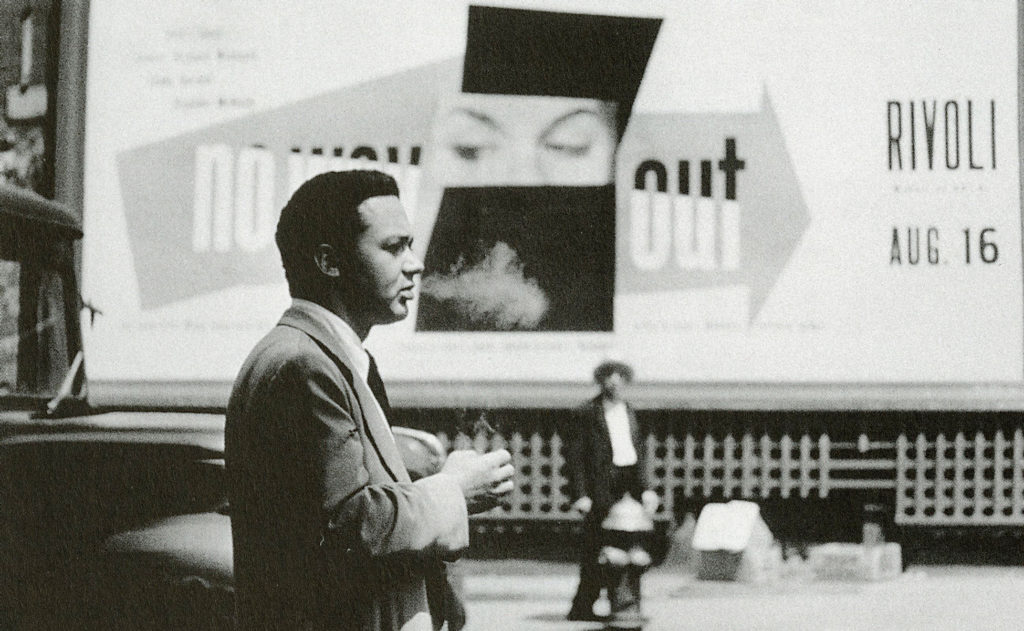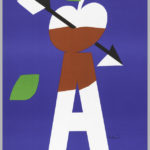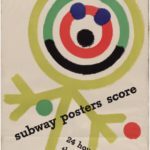
Simplicity is not the goal. It is the by-product of a good idea and modest expectations.
― Paul Rand
Biography
Paul Rand (August 15, 1914 – November 26, 1996)
Paul Rand was an American art director and graphic designer, best known for his corporate logo designs, including the logos for IBM, UPS, Enron, Morningstar, Inc., Westinghouse, ABC, and NeXT. He was one of the first American commercial artists to embrace and practice the Swiss Style of graphic design.
Rand was a professor emeritus of graphic design at Yale University in New Haven, Connecticut where he taught from 1956 to 1969, and from 1974 to 1985.[1][2] He was inducted into the New York Art Directors Club Hall of Fame in 1972.
Early life and education
Paul Rand was born Peretz Rosenbaum on August 15, 1914 in Brooklyn, New York.[3] He embraced design at a very young age, painting signs for his father’s grocery store as well as for school events at P.S. 109.[4] Rand’s father did not believe art could provide his son with a sufficient livelihood, and so he required Paul to attend Manhattan’s Haaren High School while taking night classes at the Pratt Institute. Rand was largely “self-taught” as a designer, learning about the works of Cassandre and Moholy-Nagy from European magazines such as Gebrauchsgraphik.”[5] Rand also attended Parsons The New School for Design and the Art Students League of New York.[1]
Work
- Cover of American Magazine
- Caption
- Caption
- Caption
- Caption
- Caption
Early career
His career began with humble assignments, starting with a part-time position creating stock images for a syndicate that supplied graphics to various newspapers and magazines.[4] Between his class assignments and his work, Rand was able to amass a fairly large portfolio, largely influenced by the German advertising style Sachplakat (object poster) as well as the works of Gustav Jensen. It was around this time that he decided to camouflage the overtly Jewish identity conveyed by his name, Peretz Rosenbaum, shortening his forename to ‘Paul’ and taking ‘Rand’ from an uncle to
Books
Despite the importance graphic designers place on his book Thoughts on Design, subsequent works such as From Lascaux to Brooklyn (1996), compounded accusations of Rand being “reactionary and hostile to new ideas about design.
Videos

https://www.paulrand.design/life/videos/1960-graphic-design-at-yale.html
Links
Paul Rand, the Visionary Who Showed Us That Design Matters — WIRED 2015
https://www.wired.com/2015/04/paul-rand-visionary-showed-us-design-matters/





